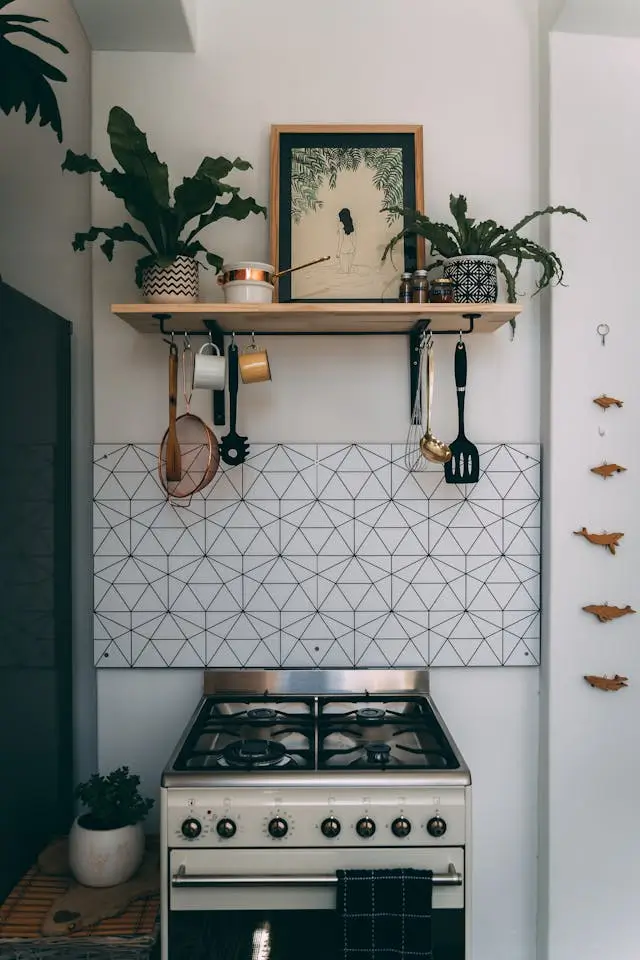
In recent years, the trend of indoor gardening has been steadily growing, and for good reason. Not only does it bring a touch of greenery into your living space, but it also offers the convenience of having fresh herbs right at your fingertips. Starting your own indoor herb garden is simpler than you might think, requiring minimal space, time, and resources. In this guide, we’ll walk you through the steps to create your own thriving herb garden indoors.
Understanding Your Space:
Before diving into the world of indoor gardening, it’s essential to assess the space you have available. Whether you live in a spacious house or a cozy apartment, there are various options to suit your needs. Windowsills, countertops, shelves, and even hanging planters can all serve as viable locations for your indoor herb garden. Ensure that your chosen space receives adequate sunlight, as most herbs thrive in bright, indirect light.
Choosing the Right Herbs:
Selecting the herbs for your indoor garden is an exciting part of the process. Consider the herbs you frequently use in your cooking and those that are well-suited to indoor conditions. Some popular choices for indoor herb gardens include basil, mint, parsley, chives, thyme, and rosemary. Opt for small varieties or dwarf cultivars, as they are better suited to container gardening and will thrive in confined spaces.
Gathering Supplies:
Once you’ve chosen your herbs and identified your gardening space, it’s time to gather your supplies. Here’s a list of essential items you’ll need to get started:
Containers: Select pots or containers with adequate drainage holes to prevent waterlogging. Ensure that the containers are the appropriate size for the herbs you’ve chosen, allowing room for growth.
Potting Mix: Use a high-quality potting mix specifically formulated for container gardening. Avoid using garden soil as it can harbor pests and diseases.
Herbs: Purchase healthy herb seedlings or seeds from a reputable nursery or garden center. Alternatively, you can propagate herbs from cuttings taken from existing plants.
Watering Can: Invest in a watering can or a small, narrow-spouted container for precise watering.
Fertilizer: Choose a balanced, water-soluble fertilizer formulated for herbs and follow the instructions for application.
Planting Your Herbs:
With all your supplies in hand, it’s time to get your hands dirty and start planting. Follow these simple steps to ensure your herbs get off to a healthy start:
Prepare the Containers: Fill your containers with potting mix, leaving a few inches of space at the top for watering.
Plant the Herbs: Gently remove the herb seedlings from their pots and loosen the roots before planting them in the containers. If starting from seeds, sow them according to the packet instructions and cover them lightly with soil.
Water Thoroughly: After planting, water the herbs thoroughly to settle the soil and ensure proper hydration.
Provide Adequate Light: Place your herb containers in a sunny location where they will receive at least 6-8 hours of indirect sunlight per day.
Caring for Your Indoor Herb Garden:
Maintaining an indoor herb garden is relatively low-maintenance, but it does require regular attention to ensure your herbs thrive. Here are some essential care tips:
Watering: Check the moisture level of the soil regularly and water your herbs when the top inch feels dry to the touch.
Pruning: Regularly trim your herbs to encourage bushy growth and prevent them from becoming leggy. Use sharp scissors or pruning shears to snip off the top growth, taking care not to remove more than one-third of the plant at a time.
Fertilizing: Feed your herbs with a balanced fertilizer every 4-6 weeks during the growing season to replenish nutrients in the soil.
Pest Control: Keep an eye out for common indoor garden pests such as aphids, spider mites, and whiteflies. If you notice any signs of infestation, treat the affected plants promptly with insecticidal soap or neem oil.
Harvesting Your Herbs:
One of the joys of indoor gardening is the ability to harvest fresh herbs whenever you need them. Here are some tips for harvesting your herbs:
Timing: Harvest herbs in the morning when their essential oils are most concentrated for optimal flavor and aroma.
Method: Use sharp scissors or pruning shears to snip off the outer leaves or stems of the herbs as needed.
Storage: Use freshly harvested herbs immediately, or store them in airtight containers in the refrigerator for later use. Alternatively, you can dry herbs for long-term storage by hanging them upside down in a warm, well-ventilated area.
Starting your own indoor herb garden is a rewarding and enjoyable endeavor that allows you to enjoy fresh, flavorful herbs year-round. By following the simple steps outlined in this guide and providing your herbs with proper care and attention, you can create a thriving garden that enhances both your culinary creations and your living space.